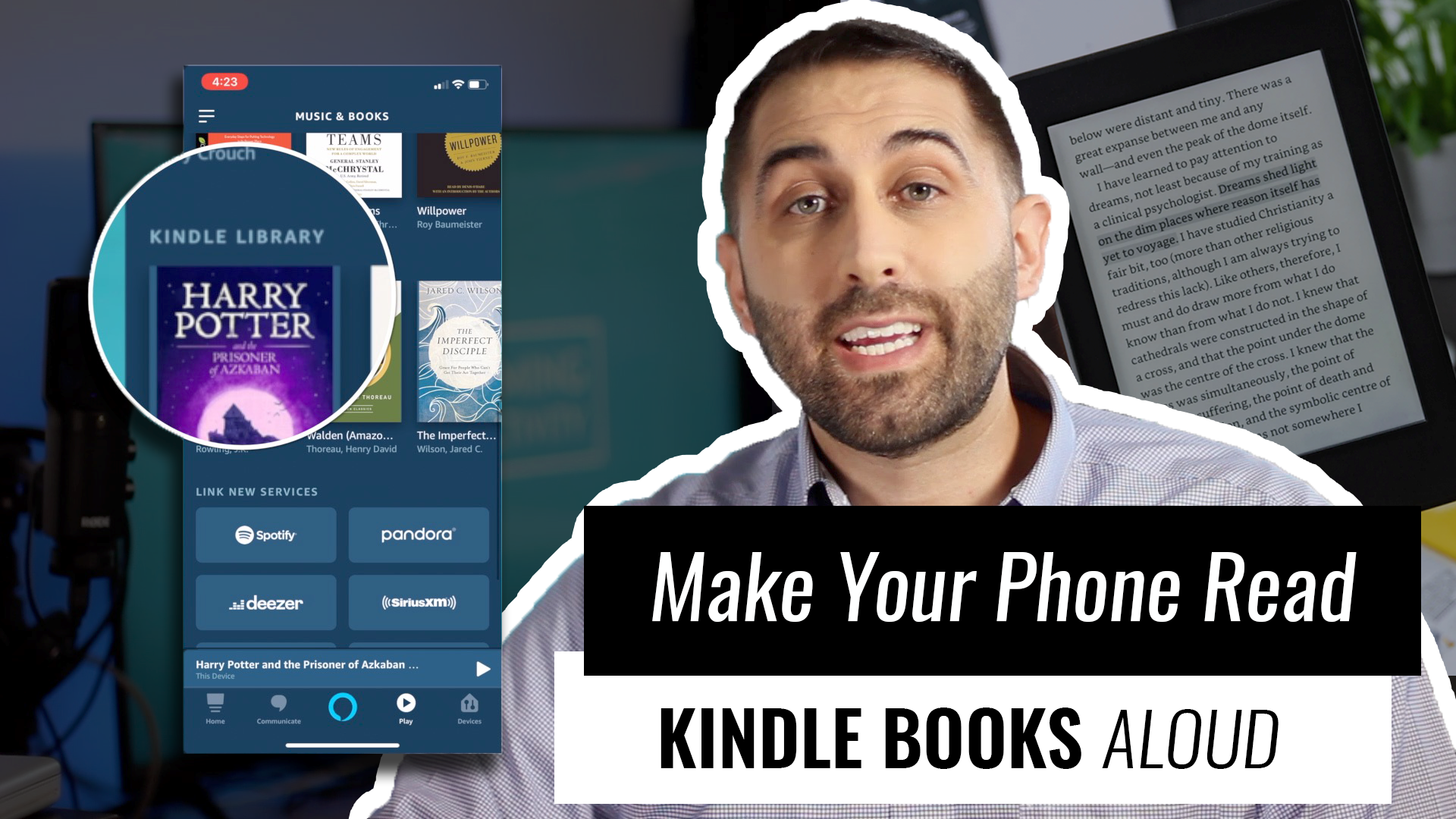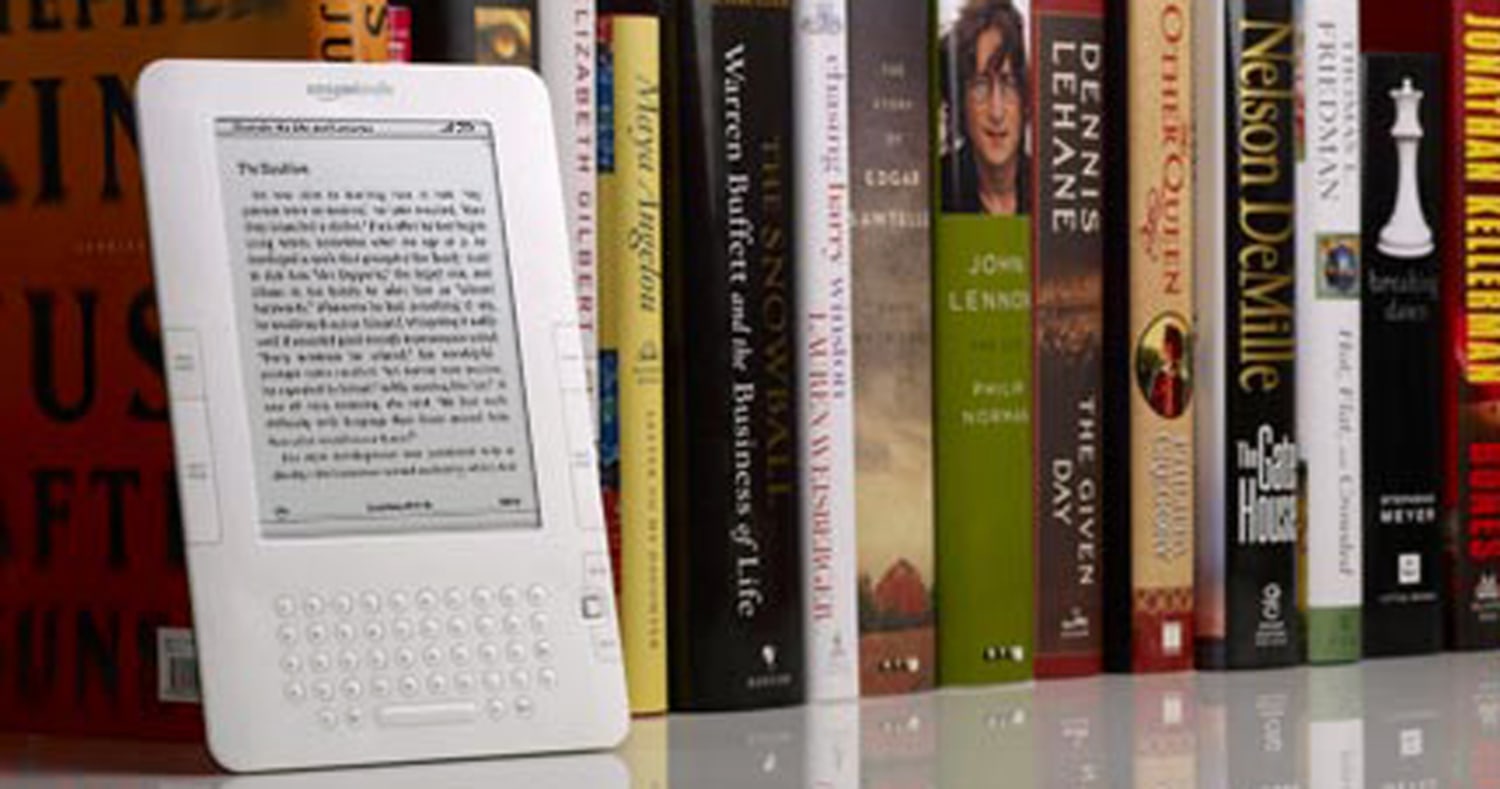
The Kindle app does so in four ways: It displays what percentage of the book you’ve read the “Kindle location” (a digital page number that remains constant, immune to font and screen size) a horizontal progress bar and actual page numbers. While adjusting font size and brightness is an advantage for e-books over paper, those apps have a harder time letting you know where you are in your book. In that context, I prefer the Kindle app’s white-text-on-black setting, dialed down to the app’s maximum darkness setting. You don’t need a book light instead, you just dial the brightness way down so that, while you can still do your reading, you’re not projecting that back-light all over the room. While a true Kindle (or other e-Ink device) can outshine the iPad for reading in the sun, the iPad wins hand-down for reading adjacent to a sleeping spouse in a darkened bedroom. The brightness controls in each app are very important, particularly for nighttime reading. But if you turn the iPad’s own slider to its darkest setting, the iBooks app’s control can make it darker still. If you drag the brightness slider in the iPad’s multitasking shelf all the way to the left, the iBooks slider goes left (or down) too. iBooks’s actually provides more control than the iPad’s system-level brightness slider. Like the Kindle app, iBooks offers its own brightness slider.

(Kindle lets publishers set the font, and you can’t override that setting.) An iBooks option that I treasure even more hides in the Settings app: You can toggle full-text justification off, which I find makes text much more readable. And you can customize those fonts, by choosing from six clear, crisp options. That said, it does give you your choice of eleven text sizes (from even more painfully small to even more comically large). There’s no white text on a black background option you must choose between black on white or sepia tones. You get a different mix of text options in iBooks. And it has its own brightness control, which you can use in tandem with or instead of the iPad’s. The app offers six font sizes, from painfully small to comically large. In the Kindle app, you can choose to view black text over a white background, dark brown text over a sepia-toned background, or white text over a black background. Kindle app for iPadOne of the big advantages of e-books compared with the paper kind is that they’re customizable you can modify the text to suit your needs. (Both apps can also load the more than 33,000 public-domain books available via Project Gutenberg-classics from Mark Twain, William Shakespeare, Charles Dickens, and many others.)

Amazon’s selection of books is far bigger than Apple’s: The Kindle bookstore offers more than 950,000 books the iBookstore sells just 200,000. There is a significant shopping difference between the two apps, though. With each app now, you can purchase books from your Mac, and they’ll wirelessly sync the next time you launch the appropriate app on your iPad.
#Can you read kindle books in ibooks update
For far too long, browsing Apple’s iBookstore was only possible from within the iBooks app itself fortunately, a recent update to the iTunes Store allows you to use your Mac to find books, too.

To shop for Kindle books, you must use a Web browser to shop at Amazon’s Kindle Bookstore fortunately, Mobile Safari on the iPad is great at that. Each is free, and each is linked to its own dedicated store. The two e-reading apps I use most on my iPad are Amazon’s Kindle app and Apple’s iBooks app.


 0 kommentar(er)
0 kommentar(er)
